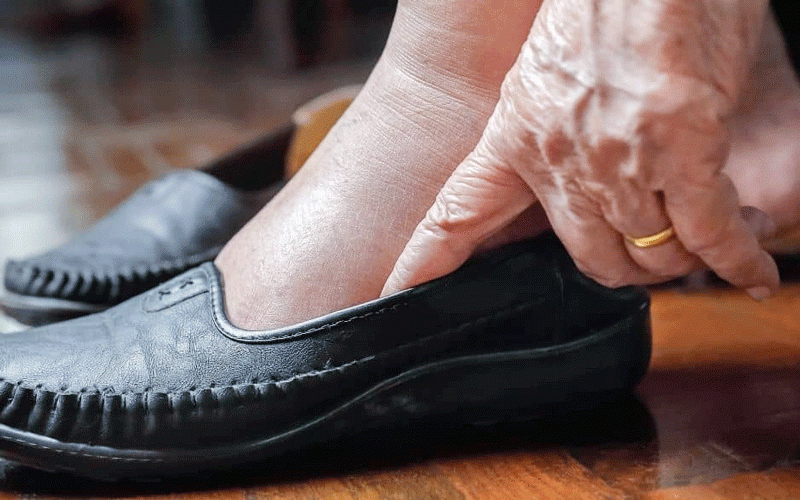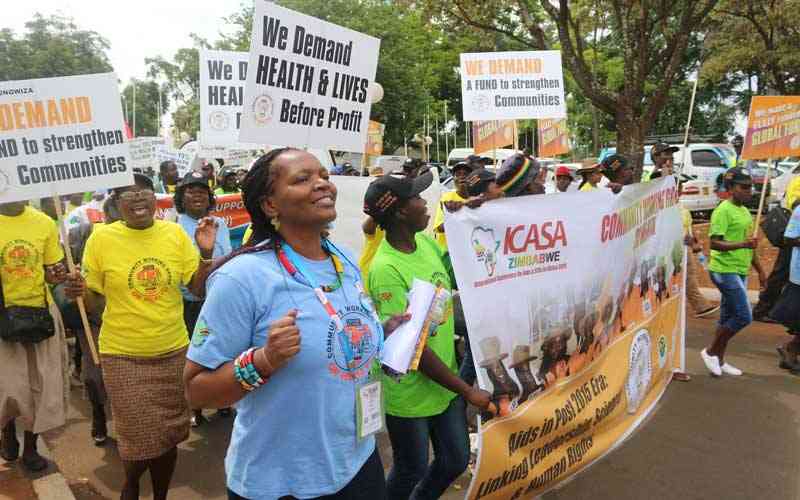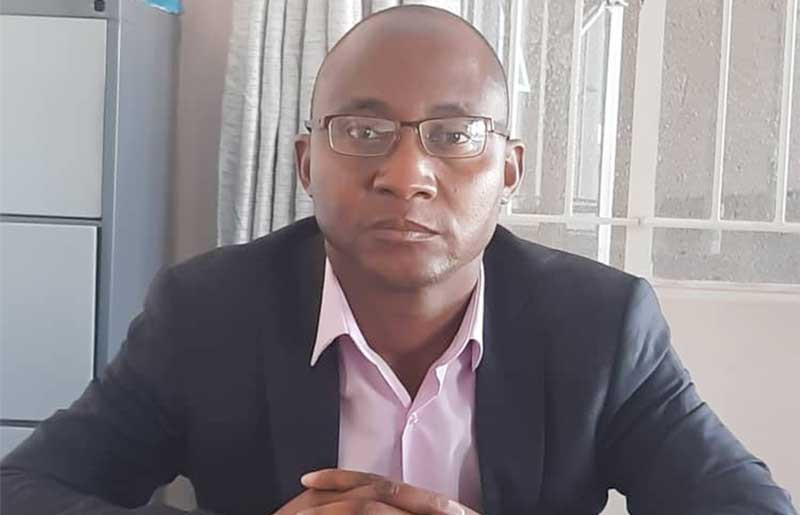
She was placed on anti-retroviral drugs (ARVs) treatment but she is failing to access the drugs because the nearest health centre is several kilometres away.
She now constantly experiences bouts of suspected tuberculosis that have left her bed-ridden and unable to generate any income for her family.
“That makes my position even more tragic,” Mavheneke laments. “Besides failure to access the ARVs, I have always been a sick person. I need good food to boost my immune system.”
Mavheneke said she was no longer getting food handouts which she used to receive from non-governmental organisations (NGOs) because most of them have pulled out citing political threats and interference.
She is one of the several thousands of HIV-infected women living in rural areas that are finding it increasingly difficult to access ARVs.
Anna Nyakurimwa, another HIV-positive villager from Tamandayi, said high transport costs to travel to referral hospitals to collect the drugs were forcing patients to default from their treatment plan.
Most of them end up dying of treatable infectious diseases.
- Chamisa under fire over US$120K donation
- Mavhunga puts DeMbare into Chibuku quarterfinals
- Pension funds bet on Cabora Bassa oilfields
- Councils defy govt fire tender directive
Keep Reading
“We are facing a lot of challenges. The current situation has made it very difficult for us, especially those in rural areas, to access treatment,” said Nyakurimwa.
Zimbabwe Aids Network senior official, Tariro Kutadza, confirmed that most women in the country’s rural areas were finding it difficult to access ARVs.
“Rural women who need ARVs find themselves in a quandary because levels of income for a rural household tend to be low,” said Kutadza.
A recent research conducted by the Zimbabwe Women’s Resource Centre Network says three-quarters of women on ARV treatment are from urban areas although the majority of women who need the drugs live in rural areas.
As a result, the majority of them have resorted to using herbal remedies.
While there has been a significant decline in the country’s HIV prevalence rate in recent years, most Aids activists say last year has been “the most difficult year” for people living with the disease.
Political instability exacerbating the situation—medical doctor
A Chipinge medical doctor, Moses Dambakurimwa, confirmed the increase in the number of people living in rural areas, especially women, failing to access ARV drugs.
“This is linked to the current collapse of the health delivery system and broader issues of governance,” said Dambakurimwa, who added that political instability in rural areas had worsened the plight of HIV-positive rural women.
He said although some international donors were still supplying Zimbabwe with ARVs it was unfortunate that most of the drugs and other forms of financial support do not reach the intended beneficiaries.
“Much of the aid is hijacked by councillors and chiefs who then divert the drugs to their relatives and friends who are not open about their status,” said Dambakurimwa, who is regularly hired to assist in government hospitals.
He said free treatment was only availed to people living with HIV and Aids who are registered with an Aids Service Organisation, through which ARVs are distributed.
He however noted that due to financial hardships some health care workers were selling the drugs, which are supposed to be free.
“This has deprived the poor rural women who are suffering silently,” said Dambakurimwa. “Such actions are threatening the very lives of all the women and males as well who are living with HIV and Aids in the rural areas and urgently require medication for opportunistic infections and food to complement the medication.”
Rocketing prices of most basic foods have also reduced the ability of rural women to benefit from ARV treatment.
Zimbabwe is already experiencing a huge gap between the number of people who need ARVs and those accessing them.
According to the World Health Organisation, only about 91 000 out of the estimated 321 000 in need of treatment were getting the drugs.











